Manufacturer: Asus
UK price (as reviewed): £259.99 (inc. VAT)
US price (as reviewed): $284.99 (exc. tax)
We’ve long bemoaned Asus’ insistence on its exclusive sampling of Strix graphics cards in the mid-range. We don’t deny that Strix cards are consistently high quality, but historically the premium they incur has ranged from questionable to ludicrous for mid-tier parts, especially when it results in the asking price encroaching on the SKU above. Of course, every company will have its fanboys willing to pay above the odds to get the best said company offers, but a more objective analysis has frequently brought the viability of mid-range Strix cards into question.
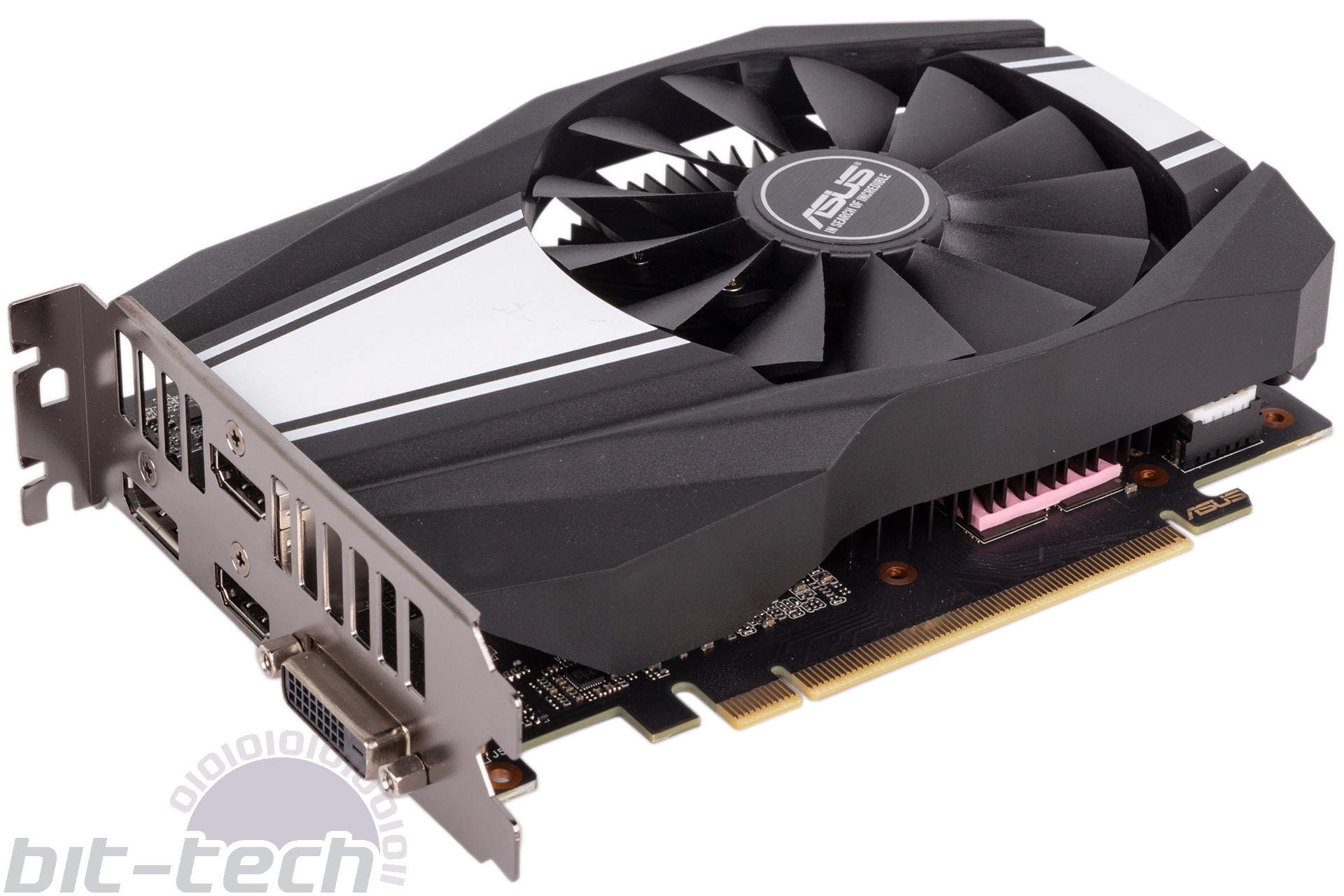
Safe to say, then, that we were grateful to receive a much more basic offering from the Taiwanese giant. The GTX 1660 Ti Phoenix OC sticks to Nvidia’s MSRP of £260 and is suitably spartan as a result. Its single-fan cooler allows it to fit ITX-esque dimensions, and it has no backplate and no onboard lighting. Its price and assortment of features (or lack thereof) puts it direct competition with the Palit and Zotac cards we’ve also reviewed, so let’s seen how it stacks up.
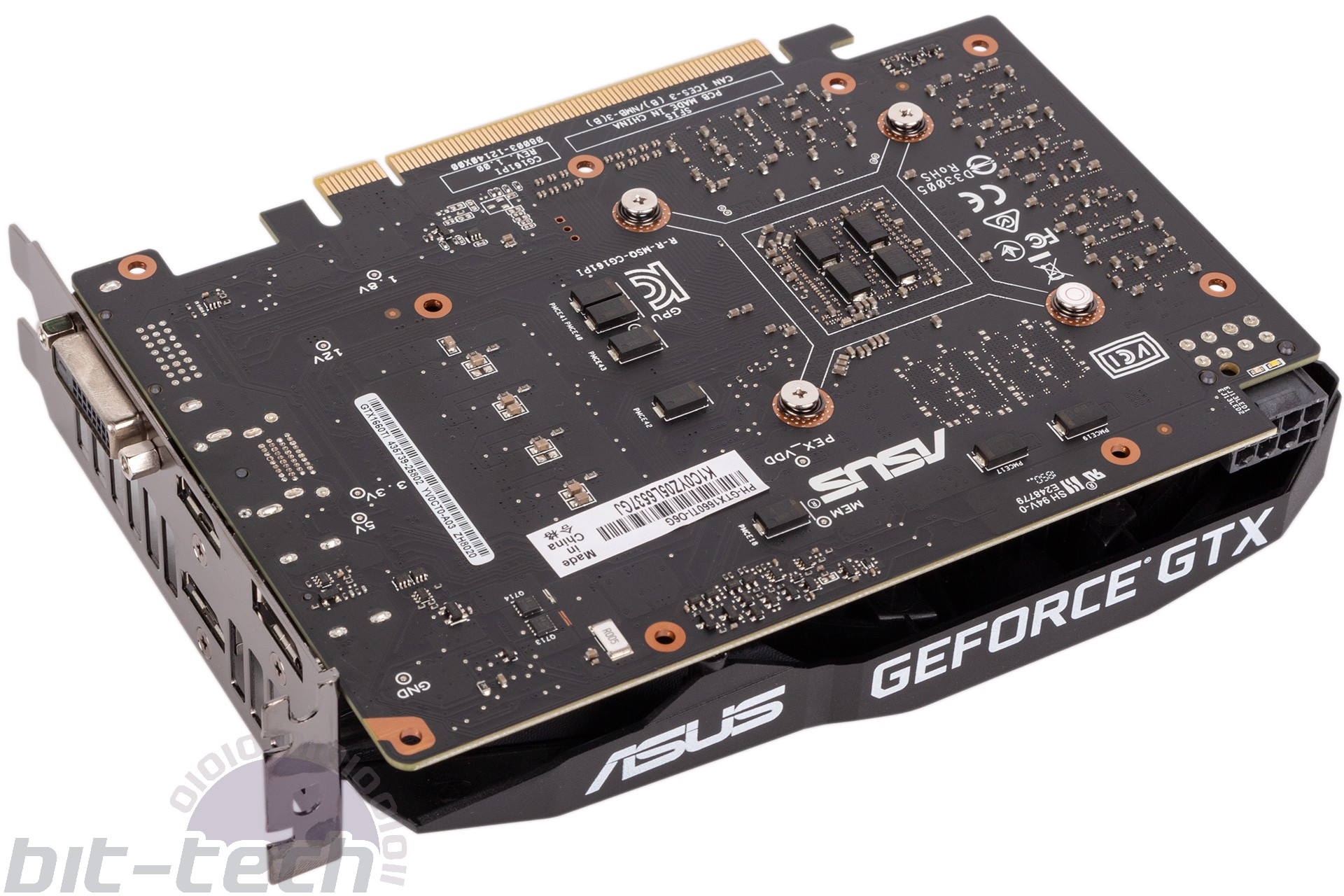
A length of 174mm makes this card a fraction longer than a mini-ITX motherboard, and its height extends a few mm past the edge of a standard PCI bracket. It occupies two slots and two slots only, so you’ll struggle to find a system into which it won’t fit.
With no backplate and no lighting, the GTX 1660 Ti Phoenix is hardly a work of art, but it needn’t be at the MSRP. Colour neutrality on both the shroud and the PCB ensures it won’t clash with any RGB you have kicking around.
If you whip the card out and install it, you’ll get a boost clock speed of 1,785MHz. This is an utterly meaningless overclock equivalent to less than one percent. But hey, at least Asus can market the card as overclocked and put OC in its title. You can also install the firm’s GPU Tweak II software, through which you can enable the built-in OC Mode that ramps things up to 1,815MHz (2.5 percent) and also increases the power limit of this 120W card to 110 percent. There’s also a Silent Mode, which drops to 1,755MHz and 90 percent. The memory, sadly, remains clocked at 12Gbps regardless of which mode you choose. As ever, thermals/power/voltage will all play a role in the actual boost speed you see in games. There is no secondary BIOS on this card either; the changes denoted above are all software-driven.
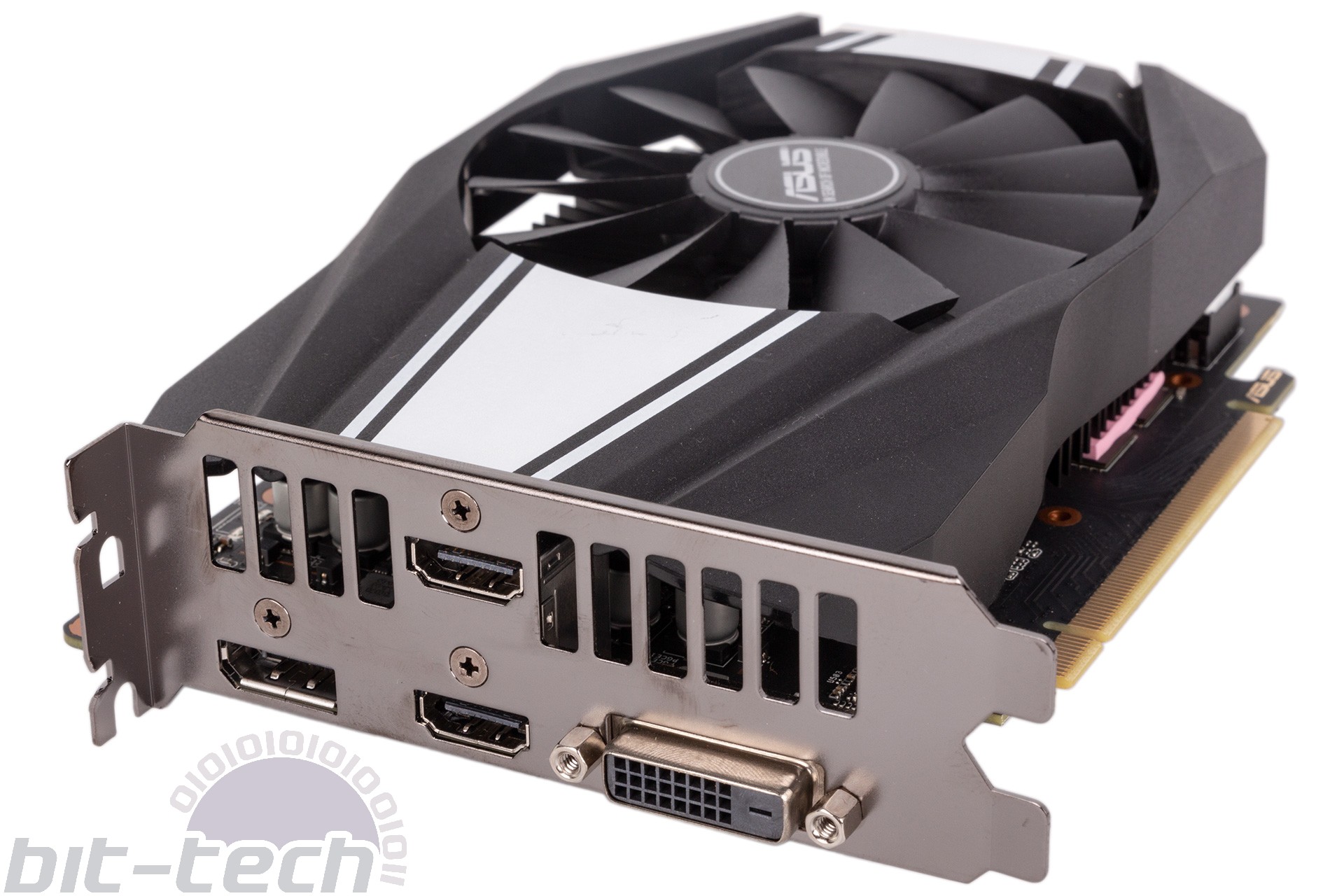
Asus kits its Phoenix card’s I/O panel with a single dual-link DVI-D port, a pair of HDMI 2.0b headers, and one DisplayPort 1.4. This sensibly caters to legacy monitors while also enabling both a HDMI display and a VR headset to remain connected simultaneously.
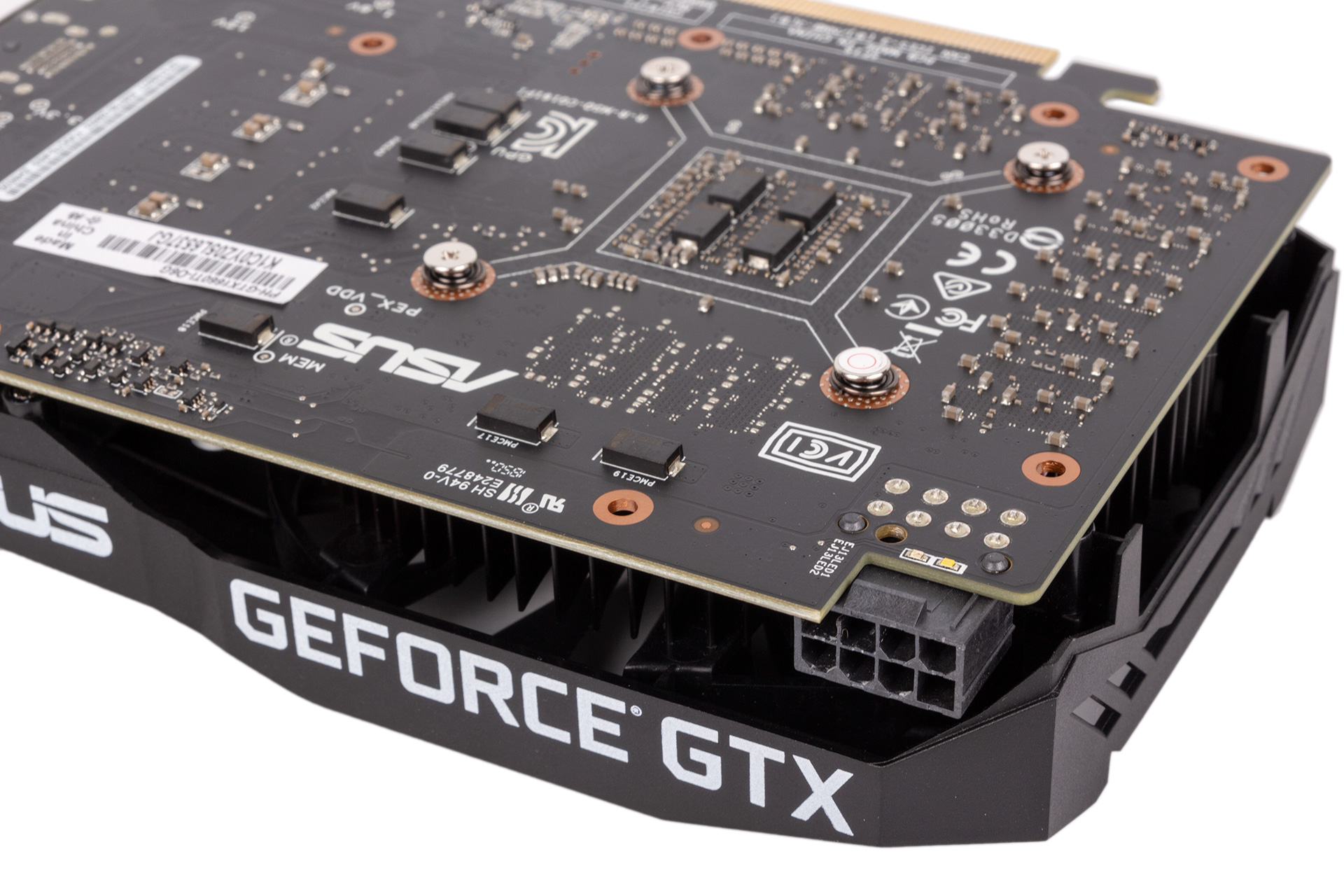
Like other GTX 1660 Tis, the Asus GTX 1660 Ti Phoenix OC has a single eight-pin PCIe connector that’s top-mounted in the corner and slightly indented. This will dish out more than enough power to handle the card’s OC Mode as well as any manual overclocking you implement.
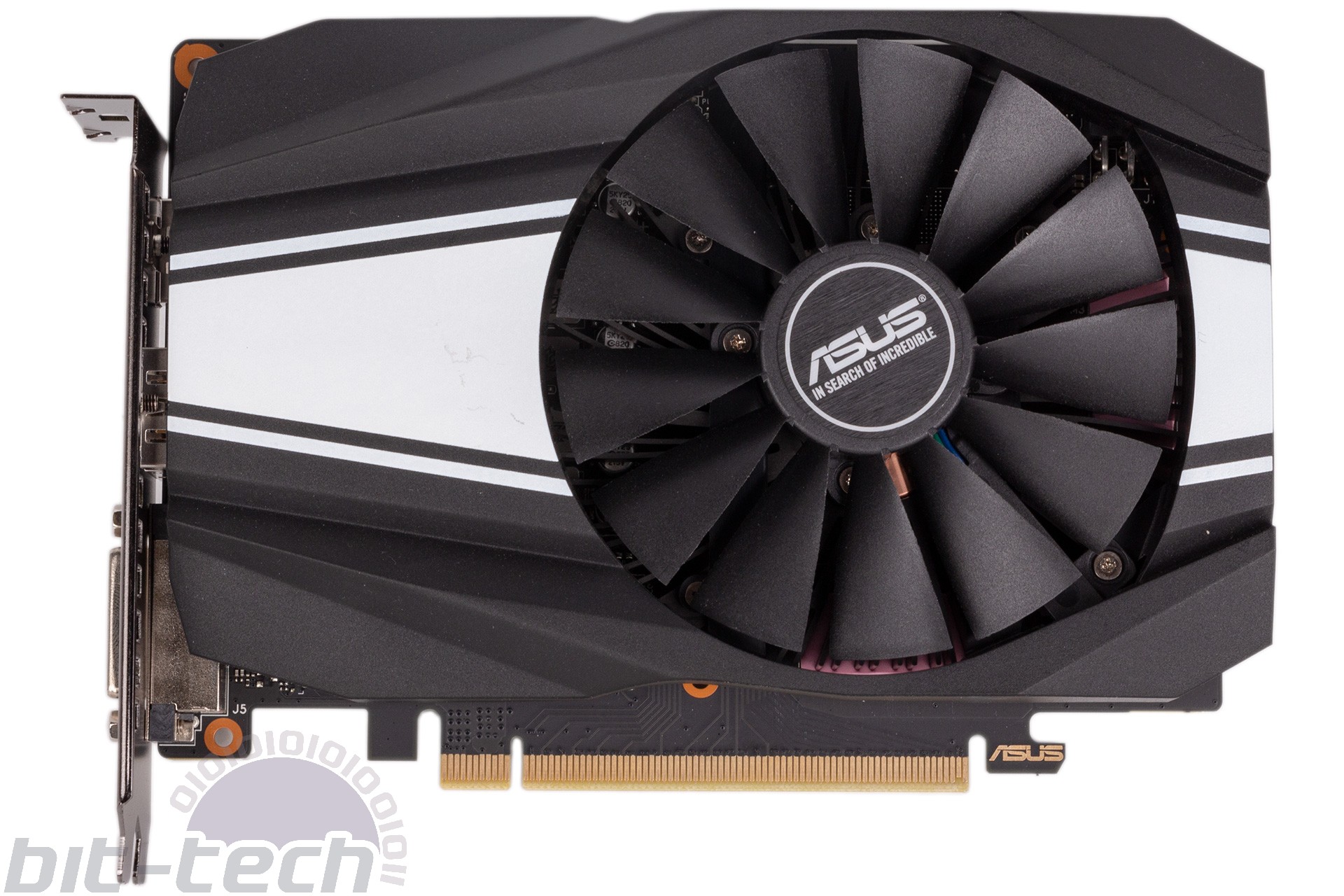
Asus reckons a single-fan cooler is capable enough of cooling this card, and boasts that the Wing-blade design has a dual ball bearing motor and drooped fan blade tips to reduce drag. The very open shroud and circular fin design means that heat will be expelled in all directions around the card, so airflow-limited cases will have an added burden, even if this isn’t an especially powerful card.
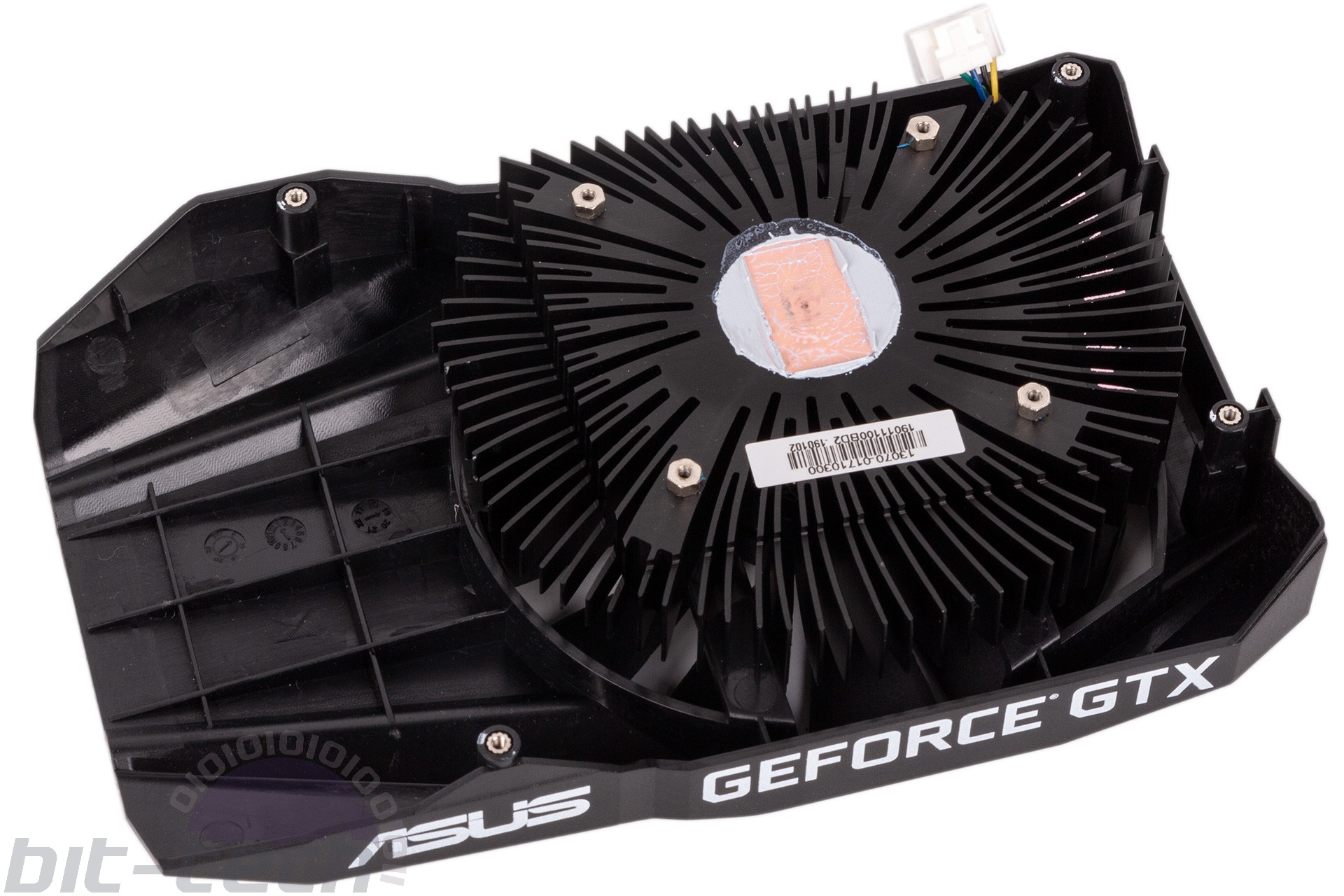
With the cooler pried off, we can see just how basic it is, and it’s disappointing. There’s not even a single heat pipe, just a copper contact surface and a basic block of aluminium that leaves a significant portion of the card’s volume unfilled and also fails to do anything about the VRMs. The thermal padding on the memory is better than nothing, but contact with the fins heatsink is limited. Palit and Zotac both offer more substantial setups, but the proof will be in the performance.
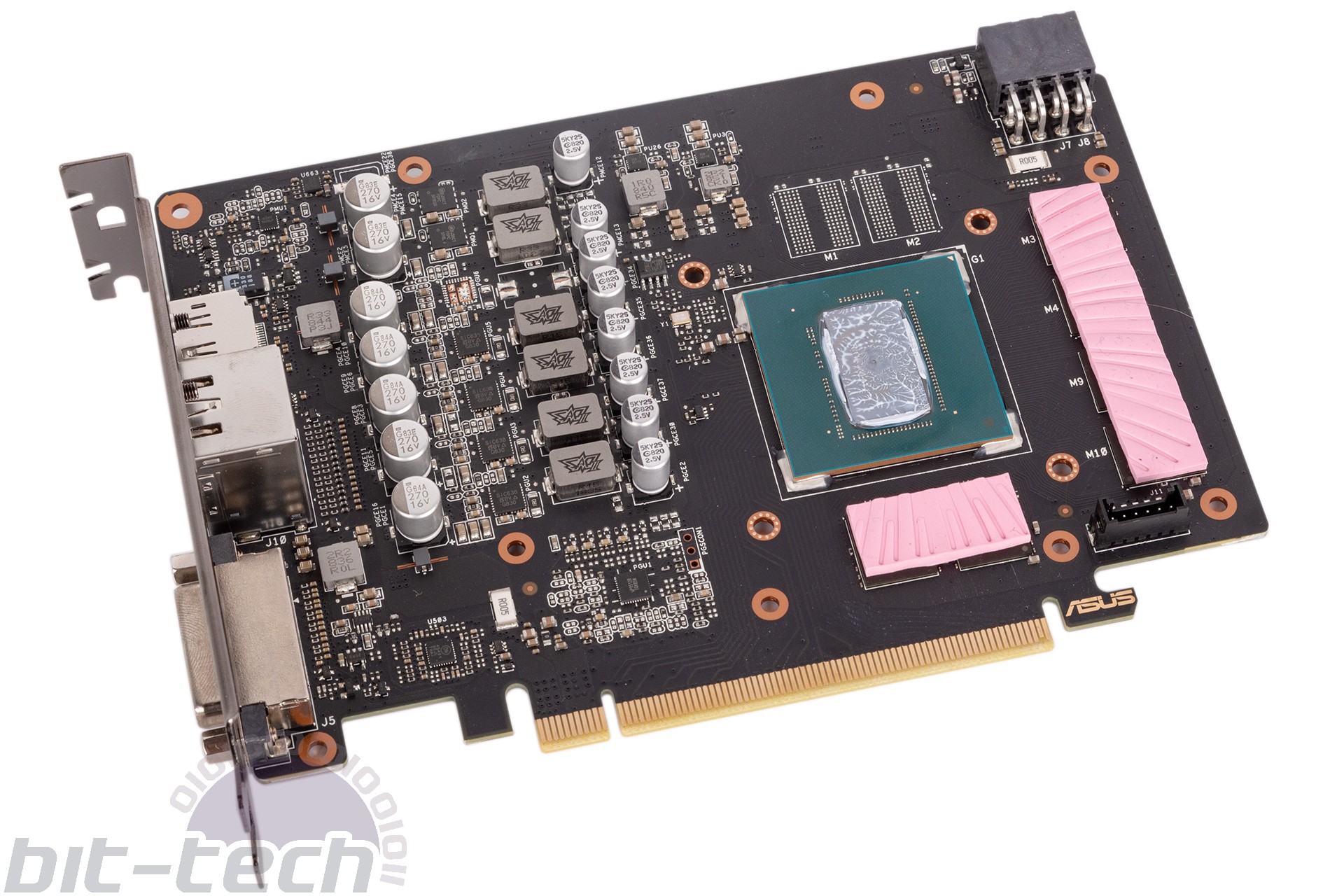
One thing we didn’t expect was for Asus to use its Auto-Extreme manufacturing process for so basic a card. This automates the PCB assembly to keep soldering consistent and clean and to minimise human error. It definitely pays off in terms of visual and tactile quality, but its hard to quantity how much of a good thing it truly is. The design of the chokes on the 4+2 power phase configuration suggests Asus is using its Super Alloy Power II components to one degree or another - again unexpected at this price.
Warranties are more quantifiable, of course, and Asus’ three-year offering here is one above the two-year norm, so kudos for that.
Specifications
- Graphics processor Nvidia GeForce GTX 1660 Ti, 1,500MHz (1,785MHz boost) (1,815MHz in OC Mode via software)
- Pipeline 1,536 stream processors, 96 texture units, 48 ROPs
- Memory 6GB GDDR6, 12Gbps effective
- Bandwidth 288.1GB/sec, 192-bit interface
- Compatibility DirectX 12, Vulcan, OpenGL 4.5
- Outputs 1 x DL-DVI-D, 1 x DisplayPort 1.4a, 2 x HDMI 2.0b
- Power connections 1 x eight-pin PCIe, top-mounted
- Size 174mm long, 121mm tall, 39mm deep (dual-slot)
- Warranty Three years

MSI MPG Velox 100R Chassis Review
October 14 2021 | 15:04

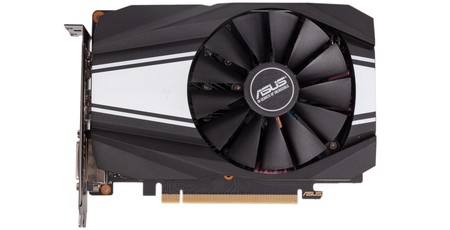
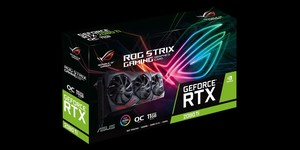






Want to comment? Please log in.